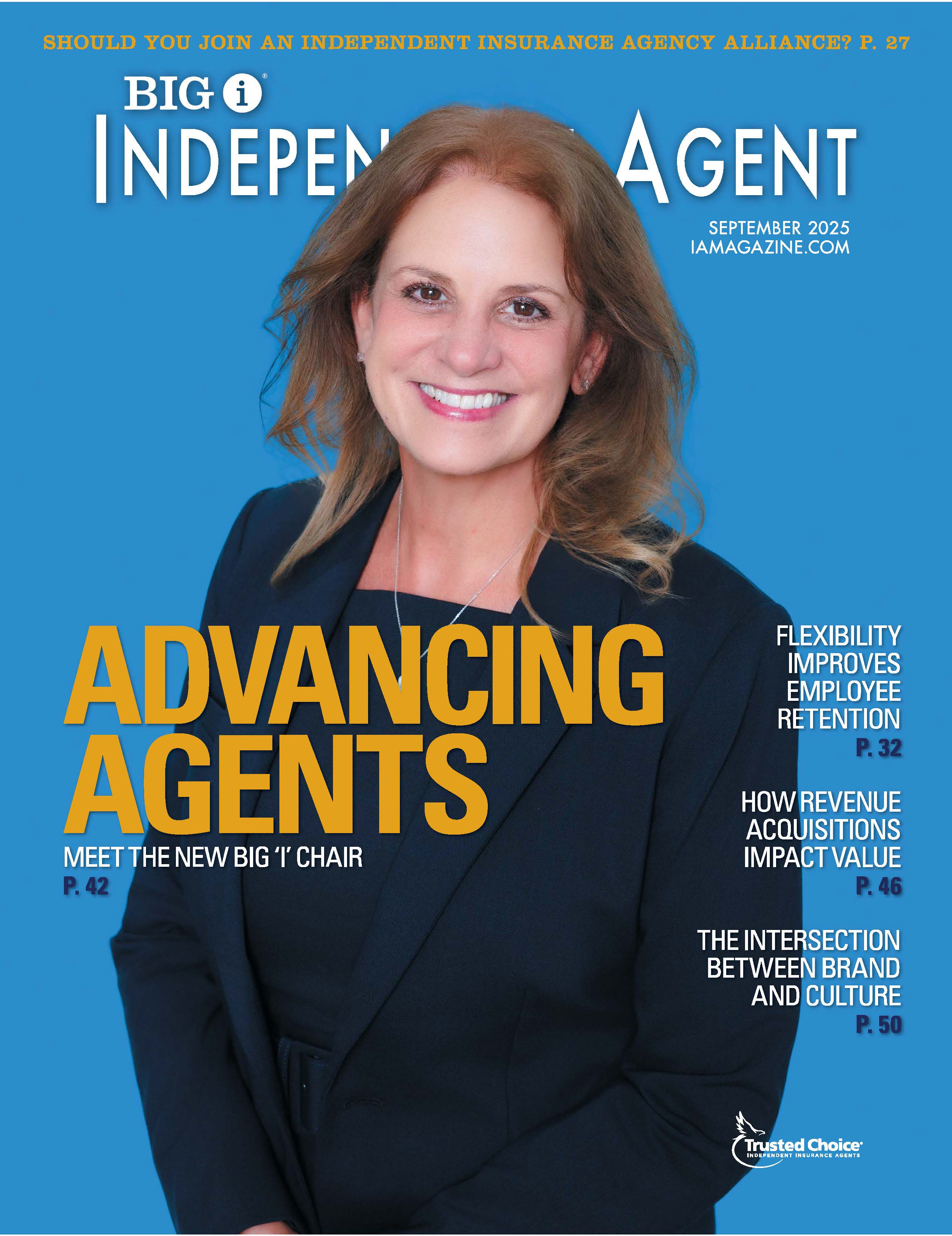An Unlikely E&O Foe?
By: David Hulcher
A decade ago, E&O claims involving carriers suing agents were rare. But E&O claims data from the Big ‘I’ Professional Liability Program’s endorsed carrier, Swiss Re Corporate Solutions, records a clear upward trend in the number of E&O claims carriers make against agents and brokers.
Recently, carriers seem to be much more aware of the deep pocket and backstop of the agents E&O policy. They find value in preserving customer relationships by paying their customer’s underlying claim and performing some “post-loss underwriting” by taking a stance against the agent.
What does this mean for you? From an agency E&O risk management perspective, it’s more important than ever to understand carrier-related E&O exposures. These claims often stem from:
Providing the carrier with inaccurate or incomplete information. An agent remarkets an account to a new carrier and uses the prior application to enter information in the new carrier’s underwriting system. Since a few additional questions were not provided on the old application, the agent calls the insured and requests the additional information, including a question about prior losses. The insured said there were none, but when a new loss occurs, the carrier takes the position that a material misrepresentation occurred, arguing that had it known about the prior losses, it would not have insured the customer. The carrier pays the loss and files suit against the agency to recoup its claim payment.
Exceeding binding authority. A carrier grants an agency binding authority for policies up to $250,000. When the agent binds a policy containing limits in excess of $250,000 and a large loss occurs, the carrier is likely to deny on the basis that the agent exceeded his or her authority—or will cross-claim against the agent, seeking indemnity.
Failing to adequately explain policy provisions. An agent obtains a policy for a customer’s newly acquired property that contains a 60-day vacancy clause. The new owner then fails to occupy the new property for more than 60 days, and a water leak causes substantial damage to the building. Both the customer and the carrier that denies coverage based on the vacancy clause argue that the agency failed to properly explain policy provisions.
Failing to comply with underwriting guidelines. An agent has binding authority with a carrier that insures boats, subject to the carrier’s underwriting guidelines, which restrict coverage to pleasure crafts under a specified horsepower and length. After a serious loss occurs, the carrier denies coverage because it determines that the boat in question slightly exceeds both limitations. If forced to pay the loss, the carrier will file suit against the agency for failing to comply with its guidelines.
Make sure your agency’s staff is aware of the potential E&O exposures with carriers and get your E&O carrier involved early if there is a possibility that a carrier will make a claim against the agency.
David Hulcher is assistant vice president of agency professional liability risk management for Big I Advantage®.










